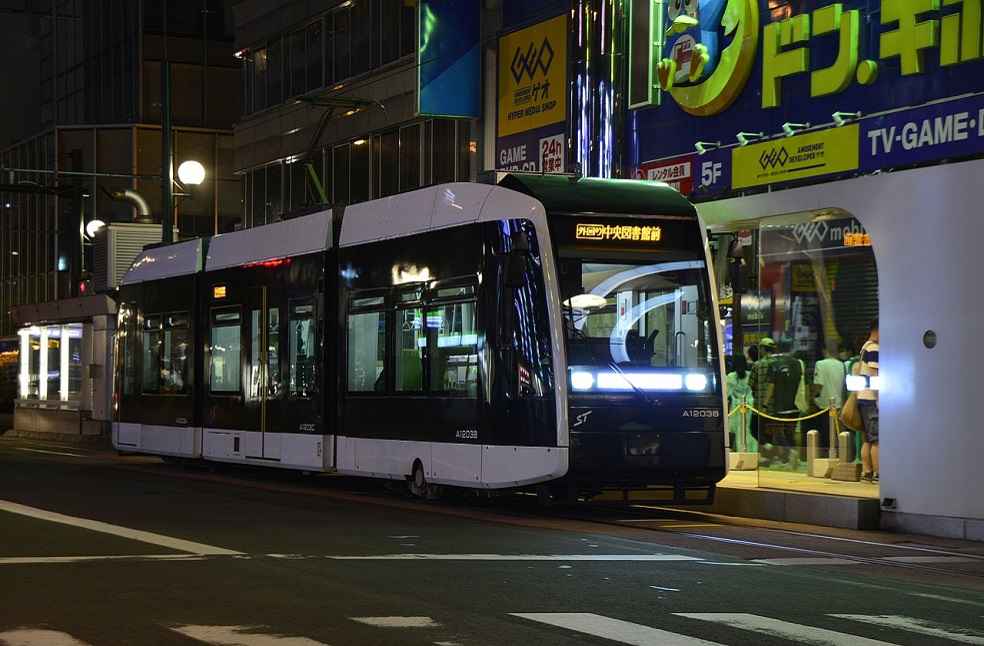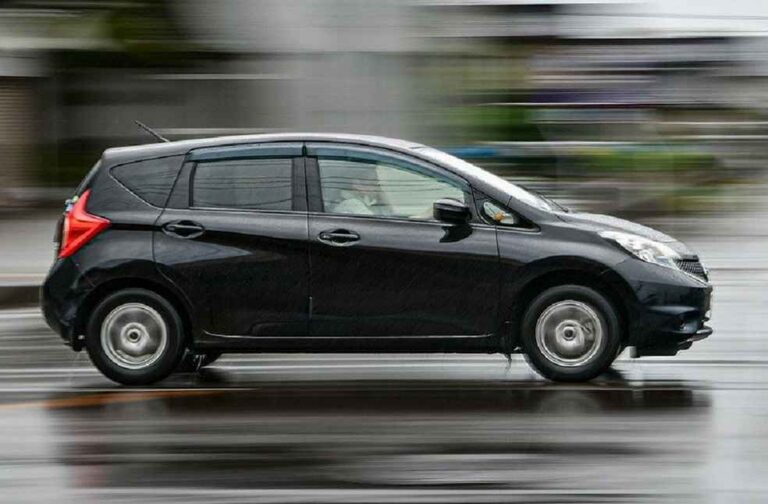Typhoon Lan, expected to strike near Osaka on Tuesday, will be the second typhoon to hit Japan in just a week. Osaka, the country’s second-largest metropolitan area, and the central heavy industrial region are both poised in the typhoon’s path. This region, vital for its automobile factories, will face the brunt of the storm before it veers northward to Hokkaido.
Toyota, Mitsubishi Motors, Honda, and Suzuki, however, have reported that their operations won’t be impacted by Typhoon Lan. They attribute this to the timely coincidence of the storm with their annual break, during which their manufacturing plants remain closed.
Despite this, the storm is anticipated to cause travel disruptions. With the annual holiday break wrapping up, many domestic travelers are expected to face challenges returning home.

The Japan Meteorological Agency has issued warnings for possible heavy rain, mudslides, and strong winds. This comes as typhoons are observed to be increasing both in frequency and intensity. These severe weather conditions not only disrupt transportation but also halt factory production. Last year, a potent typhoon system claimed at least two lives as it tore through Tokyo.
With the impending storm, much of Tokyo was enveloped in rain and fog on Monday. Taking the situation seriously, a level 3 evacuation order (with level 5 being the most critical) was given to roughly 26,000 elderly residents in a Wakayama Prefecture town. This evacuation was triggered by fears of potential landslides due to torrential rains.
Several businesses and transportation services are already taking measures in anticipation of the typhoon. The Universal Studios Japan theme park in Osaka has announced its closure for Tuesday. Major airlines like Japan Airlines and ANA Holdings have reported disruptions, with the former canceling over 250 flights scheduled for Monday and Tuesday.

Japan’s prized high-speed trains are not immune to these disruptions. Both Central Japan Railway and West Japan Railway have indicated that bullet trains will experience suspensions and potential delays from Monday to Wednesday. The service between Osaka and Nagoya is confirmed to be suspended on Tuesday.
As per the Japan Meteorological Agency’s Monday morning report, Typhoon Lan was positioned approximately 260 kilometers southwest of Japan’s Hachijojima island, progressing northwestward. The storm, locally known as Typhoon No. 7, has been recorded to produce maximum wind speeds of around 144 kilometers per hour.
It’s noteworthy that this comes in the wake of Typhoon Khanun which only recently swept the region. It bypassed Japan, proceeding to South Korea, causing disruptions that included auto-plant closures, numerous flight cancellations, and power blackouts.
As Japan faces this challenge, the world watches with empathy and hopes for the safety of its people.
OBSERVATION | Auto Industry’s Intelligent Lighting Revolution





